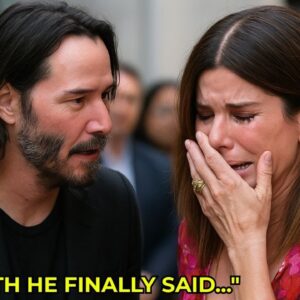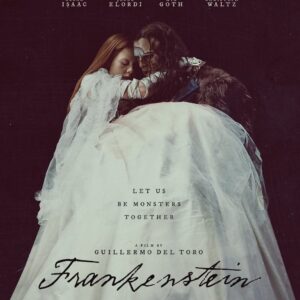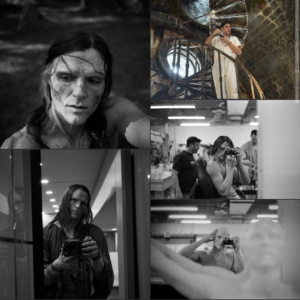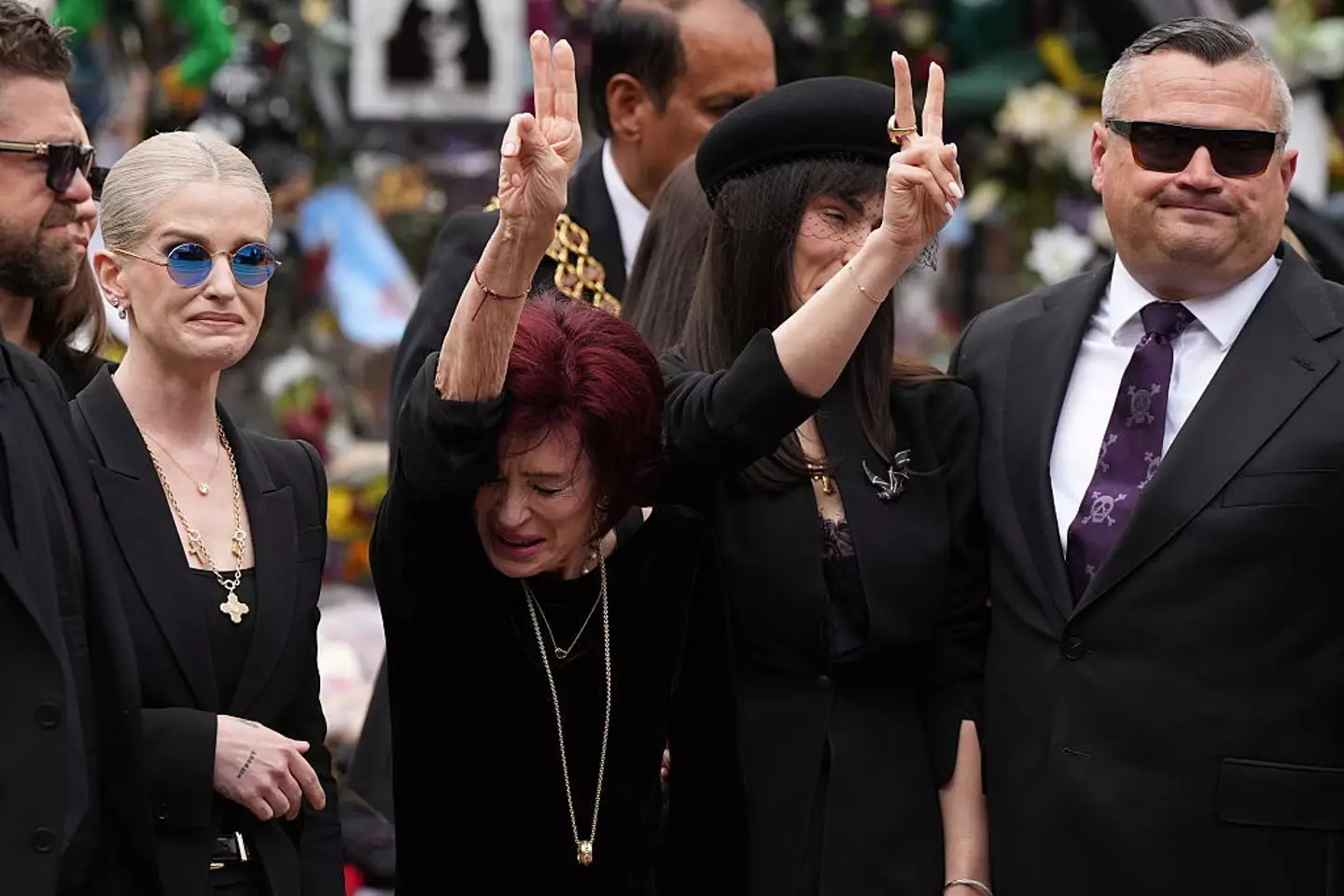
In the heart of Birmingham, England, a city forever etched in the annals of heavy metal history, thousands gathered on July 30, 2025, to bid a tearful farewell to one of rock’s most iconic figures: Ozzy Osbourne. The Prince of Darkness, as he was affectionately known, passed away last week at the age of 76, mere weeks after delivering a legendary final performance at the “Back to the Beginning” concert. Amid the sea of mourning fans, it was Ozzy’s widow, Sharon Osbourne, whose poignant gesture—a double peace sign held aloft through sobs—captured the essence of her husband’s enduring spirit. This heartfelt tribute, steeped in personal history and fan lore, has resonated deeply with Black Sabbath enthusiasts worldwide, symbolizing not just loss, but a celebration of a life lived on the edge.
The funeral procession transformed the streets of Birmingham into a living memorial, drawing fans from across generations who lined the routes to pay their respects. Sharon, accompanied by the couple’s three children—Jack, Kelly, and the more reclusive Aimee—joined the throngs in a moment of collective grief. The family, visibly heartbroken, paused at the famous Black Sabbath bench, a landmark honoring the band’s origins in the city. Here, amidst hundreds of bouquets left by devoted admirers, Sharon and her children each placed a single lilac flower, wrapped delicately in black paper, atop the floral wave. This simple act spoke volumes, blending personal intimacy with public homage.
As the black hearse carrying Ozzy’s remains wound through the familiar streets, it bore striking tributes: his name spelled out in vibrant flowers and a purple cross adorning the top. The color purple, often associated with Ozzy’s flamboyant style—from his signature round glasses to stage aesthetics—added a layer of symbolism to the somber vehicle. The procession’s route was no accident; it deliberately passed by Ozzy’s childhood home, a modest two-bedroom terrace at 14 Lodge Road. This unassuming address, where young John Michael Osbourne first dreamed of music amid the industrial grit of post-war Birmingham, served as a poignant reminder of his humble beginnings. Fans, many of whom had gathered without prior knowledge of this detour, erupted in emotional displays, tossing flowers toward the hearse as it glided by.

Enhancing the atmosphere was the Bostin Brass band, a local ensemble that performed renditions of Ozzy’s timeless hits. Their brass-infused versions of Black Sabbath classics echoed through the air, turning the procession into an impromptu concert. This musical backdrop aligned perfectly with Ozzy’s own wishes for his send-off, as he once expressed in an interview with The Times: “I honestly don’t care what they play at my funeral – they can put on a medley of Justin Bieber, Susan Boyle and ‘We Are The Diddymen’ if it makes ’em happy.” Yet, he emphasized the importance of joy over sorrow: “But I do want to make sure it’s a celebration, not a mope-fest. I’d also like some pranks: maybe the sound of knocking inside the coffin, or a video of me asking my doctor for a second opinion on his diagnosis of ‘death’.” Ozzy’s philosophy was clear—no dwelling on the “bad times,” but rather a grateful acknowledgment of a fortunate life. “There’ll be no harping on the bad times. It’s worth remembering that a lot of people see nothing but misery their whole lives. So by any measure, most of us in this country – especially rock stars like me – are very lucky. That’s why I don’t want my funeral to be sad – I want it to be a time to say, ‘Thanks’.”
Sharon’s tribute, however, stole the spotlight. Overcome with emotion, she raised two peace signs skyward before dissolving into tears. This gesture, far from random, harkens back to Ozzy’s signature pose, one that defined his persona long before the devil horns became synonymous with heavy metal. A longtime fan articulated this distinction on Facebook, shedding light on its significance: “Just an observation from a guy who has been a Sabbath/Ozzy fan since the 70s. Some will say I am nit picking and not respecting how others view things. But I am seeing a lot of posts and pictures of billboards with images of the devil horns hand sign. Now I know that sign has become the ‘official’ sign of rock and roll, but Ozzy’s gesture has always been the double peace sign. It was [Ronnie James] Dio that did the horns and made them popular with rock and roll long after Ozzy had been doing the double peace signs. Let’s all please remember just another one of the things that Ozzy brought us!”
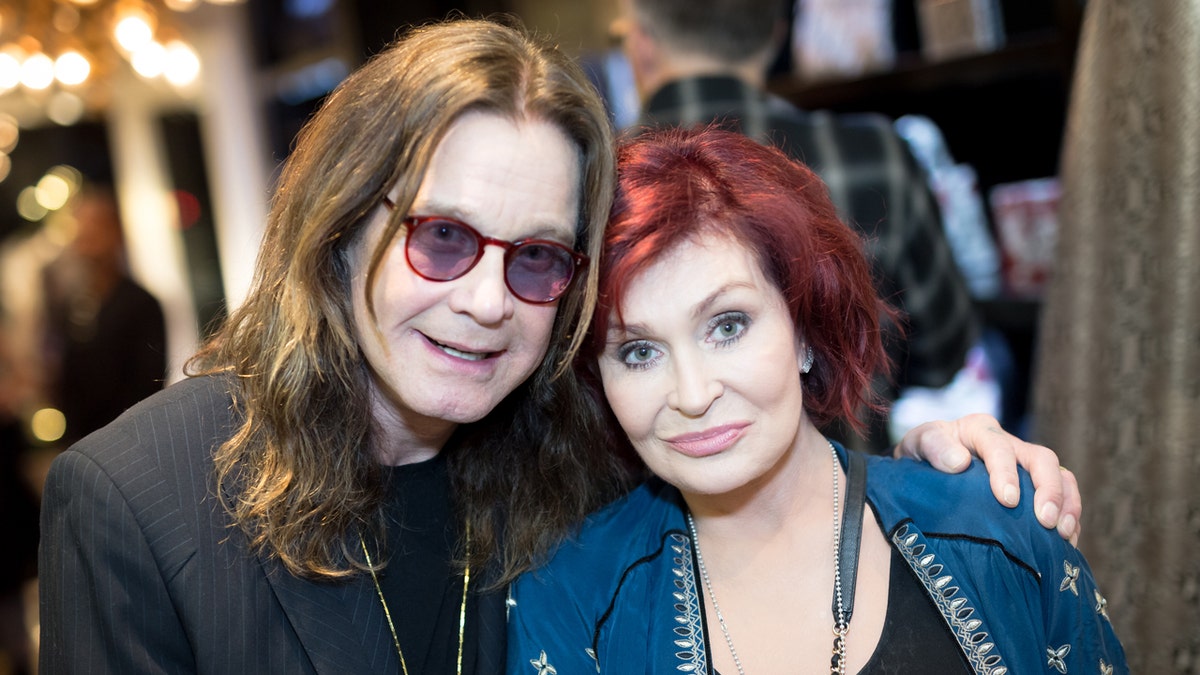
This fan’s insight delves into rock history. Ozzy, fired from Black Sabbath in 1979 amid struggles with substance abuse, was replaced by Ronnie James Dio, who introduced the “devil horns” gesture—a hand sign rooted in Italian superstition to ward off evil. Dio, who fronted the band until 1982 and briefly rejoined in the early 1990s before his death in 2010, popularized it globally. In contrast, Ozzy’s double peace signs embodied his rebellious yet pacifist ethos, a nod to the hippie counterculture that influenced his early years. Sharon’s replication of this pose was thus a profound nod to Ozzy’s individuality, distinguishing him from the genre’s evolving symbols and reaffirming his unique contributions to music.
The family’s statement upon Ozzy’s passing, released last week, encapsulated their profound loss: “It is with more sadness than mere words can convey that we have to report that our beloved Ozzy Osbourne has passed away this morning. He was with his family and surrounded by love. We ask everyone to respect our family privacy at this time.” This plea for privacy was honored amid the public spectacle, with the funeral balancing communal mourning and intimate family rites. Kelly Osbourne, in a touching personal tribute, donned her father’s iconic round purple glasses, a staple of his eccentric fashion that became as legendary as his music.
Birmingham’s Lord Mayor, Zafar Iqbal, played a key role in the proceedings, embracing Sharon and highlighting Ozzy’s indelible mark on the city. “Ozzy was more than a music legend – he was a son of Birmingham,” Iqbal stated. “Having recently been awarded the Freedom of the City and following his celebrated appearance at the Back to the Beginning concert at Villa Park earlier this month, it was important to the city that we support a fitting, dignified tribute ahead of a private family funeral. We know how much this moment will mean to his fans. We’re proud to host it here with his loving family in the place where it all began, and we are grateful that they have generously offered to pay to enable this to happen and support the city is giving him the farewell he deserves.”
Ozzy’s journey from Birmingham’s working-class streets to global stardom is the stuff of rock legend. As the frontman of Black Sabbath, formed in 1968, he pioneered heavy metal with albums like Paranoid and Master of Reality, blending doom-laden riffs with themes of war, drugs, and the occult. His solo career, launched post-Sabbath with hits like “Crazy Train,” solidified his status as a reality TV star through The Osbournes, exposing his chaotic family life to millions. Despite battles with addiction, health issues, and controversy—including the infamous bat-biting incident—Ozzy’s resilience endeared him to fans. His final concert, “Back to the Beginning,” marked a triumphant return to roots, performing alongside bandmates in a full-circle moment.
In reflecting on the funeral, one can’t help but see it as the celebration Ozzy envisioned. Sharon’s peace signs, the brass band’s melodies, and the fans’ floral showers transformed grief into gratitude. As the hearse faded into the distance, Birmingham stood united, thanking the man who put their city on the map. Ozzy Osbourne may have left the stage, but his legacy—marked by peace, pranks, and powerhouse vocals—endures eternally.
